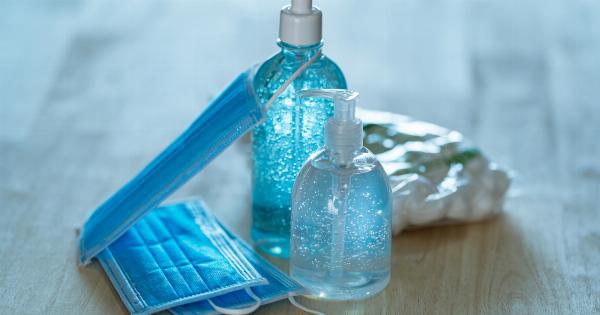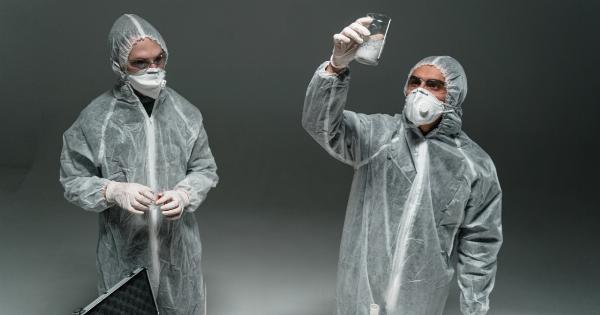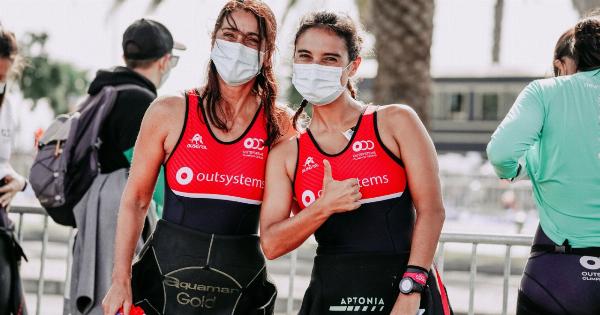As the world continues to grapple with the COVID-19 pandemic, masks have become an essential part of life. From schools to grocery stores, wearing a mask is now a routine affair.
For parents, navigating the world of masks can be overwhelming, especially when it comes to choosing the right mask for your child.
Understanding the Different Types of Masks
Before we dive into the different types of masks available, it’s important to understand what makes a good mask. According to the Centers for Disease Control and Prevention (CDC), masks should meet the following criteria:.
- Fits snugly but comfortably against the side of the face
- Completely covers the nose and mouth
- Is secured with ear loops or ties
- Includes multiple layers of fabric
- Allows for breathing without restriction
Now that we know what to look for in a mask, let’s explore the different types available:.
Cloth Masks
Cloth masks are the most commonly used type of mask. These masks are often made from cotton or a cotton blend and are available in a variety of colors and patterns. Cloth masks are easy to wash and reuse, making them an eco-friendly option.
However, it’s important to note that not all cloth masks are created equal. Look for masks with multiple layers of fabric and a snug but comfortable fit.
Surgical Masks
Surgical masks, also known as medical masks, are loose-fitting, disposable masks that provide a physical barrier between the mouth and nose of the wearer and potential contaminants in the environment.
These masks are typically made from a combination of materials, including polypropylene and cellulose. They are single-use and should be disposed of after each use. However, they are less eco-friendly than cloth masks and may be uncomfortable to wear for extended periods.
N95 Masks
N95 masks are a type of respirator mask designed to filter out at least 95% of airborne particles, including large droplets.
These masks are used primarily by healthcare professionals and first responders and offer the highest level of protection against COVID-19. However, they are not recommended for children due to the snug fit and potential breathing difficulties.
Getting Your Child to Wear a Mask
Now that we know the different types of masks available, how can we encourage our children to wear them? Here are some tips:.
- Start early: If your child is new to masks, start by wearing masks around the house. This will help them get used to the sensation of wearing a mask.
- Make it fun: Let your child choose a mask with a fun pattern or design they like. This can make wearing a mask more exciting.
- Lead by example: Children often model their behavior after their parents. If you wear a mask routinely, your child is more likely to do the same.
- Practice patience: It may take some time for your child to adjust to wearing a mask. Be patient and offer positive reinforcement when they do wear their mask correctly.
When to Wear a Mask
In general, the CDC recommends wearing a mask in situations where social distancing may be difficult to maintain, such as:.
- In public settings, such as grocery stores or pharmacies
- On public transportation, including buses and airplanes
- In schools and other settings where children may gather
In addition, some states and localities may have mask mandates in effect. It’s important to stay up to date on local guidance and regulations to ensure you and your child are following the appropriate guidelines.
Caring for Your Child’s Mask
To ensure your child’s mask is effective and safe to use, it’s important to properly care for it. Here are some tips:.
- Wash cloth masks after each use in hot water with detergent.
- Store masks in a clean, dry place.
- Do not share masks with others.
- Discard disposable masks after each use.
By following these tips, you can ensure your child’s mask remains clean and effective.
Conclusion
Masks are an important tool in slowing the spread of COVID-19.
By understanding the different types of masks available, getting your child comfortable with wearing a mask, and properly caring for their mask, you can help keep your child healthy and safe. Remember to stay up to date on local guidance and regulations to ensure you and your child are following the appropriate guidelines.



























